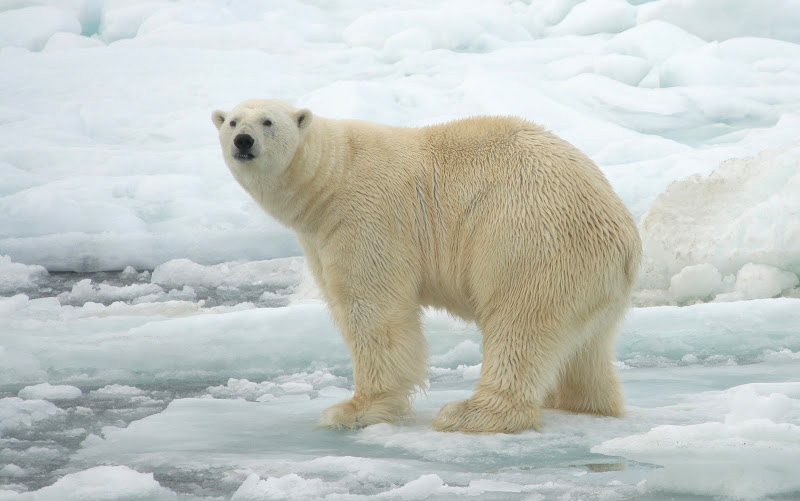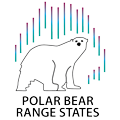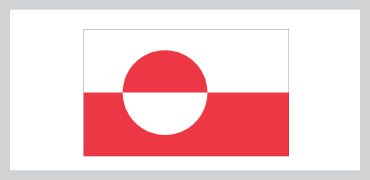 Photo credit: Morten EkkerThe jurisdiction of the Barents Sea population of polar bears is shared between Russia and Norway. The Svalbard archipelago, with its 12-nautical mile (22 km) territorial waters and the shallow and seasonally ice-covered Barents Sea, represents the main Norwegian part of the population range.
Photo credit: Morten EkkerThe jurisdiction of the Barents Sea population of polar bears is shared between Russia and Norway. The Svalbard archipelago, with its 12-nautical mile (22 km) territorial waters and the shallow and seasonally ice-covered Barents Sea, represents the main Norwegian part of the population range.
Legislation
The Svalbard Environmental Protection Act (2002) is the main legal framework for polar bear management. The Act aims to maintain a virtually pristine environment in Svalbard, while providing for environmentally sound settlement, research and commercial operations. An accompanying set of regulations and guidelines relevant to management and conservation of polar bears has been developed.
Habitat Protection
The overriding goal of environmental protection in Svalbard is to preserve its unique wilderness. Currently, Nature reserves and National Parks cover 70% of the land area and more than 85% of the territorial waters of Svalbard. Most key terrestrial and coastal habitats for polar are represented within these areas, where regulations provide protection against any significant impact from local human activities. Even in areas that are not protected, human impact on the environment in Svalbard is managed through a comprehensive set of regulations.
An integrated management plan for the Norwegian part of the Barents Sea was developed between 2002 and 2006 and approved by the Norwegian Parliament in 2006. The plan was later updated, and underwent a complete revision in 2020. The management plan covers about 960,000 km² of Norway’s northern waters, including the fisheries protection zone around the Svalbard archipelago. The management plan is based on the concept of integrated, ecosystem-based management, and is a tool for both facilitating value creation and maintaining the high environmental value of the area.
Management System
The Ministry of Climate and Environment, the Environment Agency and the Governor of Svalbard are responsible for the legal management system. The Norwegian Polar Institute (NPI) is the strategic adviser for the government on polar issues and is the main provider of management-related knowledge. NPI also administers the Environmental Monitoring of Svalbard and Jan Mayen (MOSJ) system, in which the polar bear is a key indicator species.
Harvest and Trade
The polar bear has been totally protected since 1973, and no harvest occurs. Some trade of imported polar bear products occurs to a limited extent on Svalbard. This import and trade is done in accordance with the Convention on International Trade in Endangered Species (CITES). Svalbard is considered a separate zone for such trade in Norway, and any export from Svalbard to mainland Norway of these polar bear products requires a new import permit to be issued.
National Action Plan
The Norwegian Polar Bear Action Plan, published in 2013, has the following overarching goal:
The Barents Sea polar bear population shall be conserved as a viable subpopulation in the longer term, by targeted and knowledge-based management. In Svalbard the polar bear population should develop with minimal impact from local activities.
The Plan will be revised in 2022.
A thematic presentation from the Norwegian government to the public on currents status of polar bears and their habitat, threats to these and their effects and actions taken or needed to counteract them.
This plan for the conservation of polar bears in Norway highlights the challenges polar bear management authorities will face in the coming years and what measures the Norwegian Environment Agency considers necessary to meet the main objective of preserving a viable polar bear population around Svalbard and in the Barents Sea. The plan has nine main areas of focus, which reflect the identified challenges and specify the main goals of the plan.




